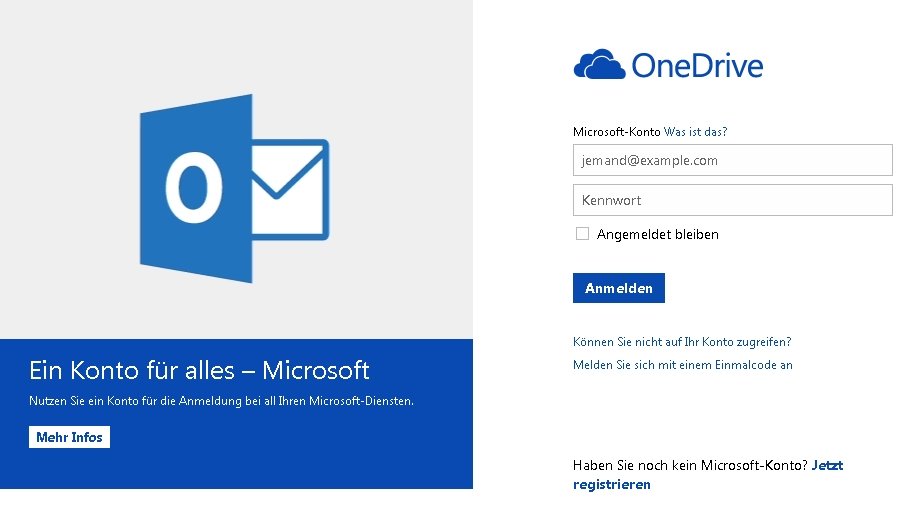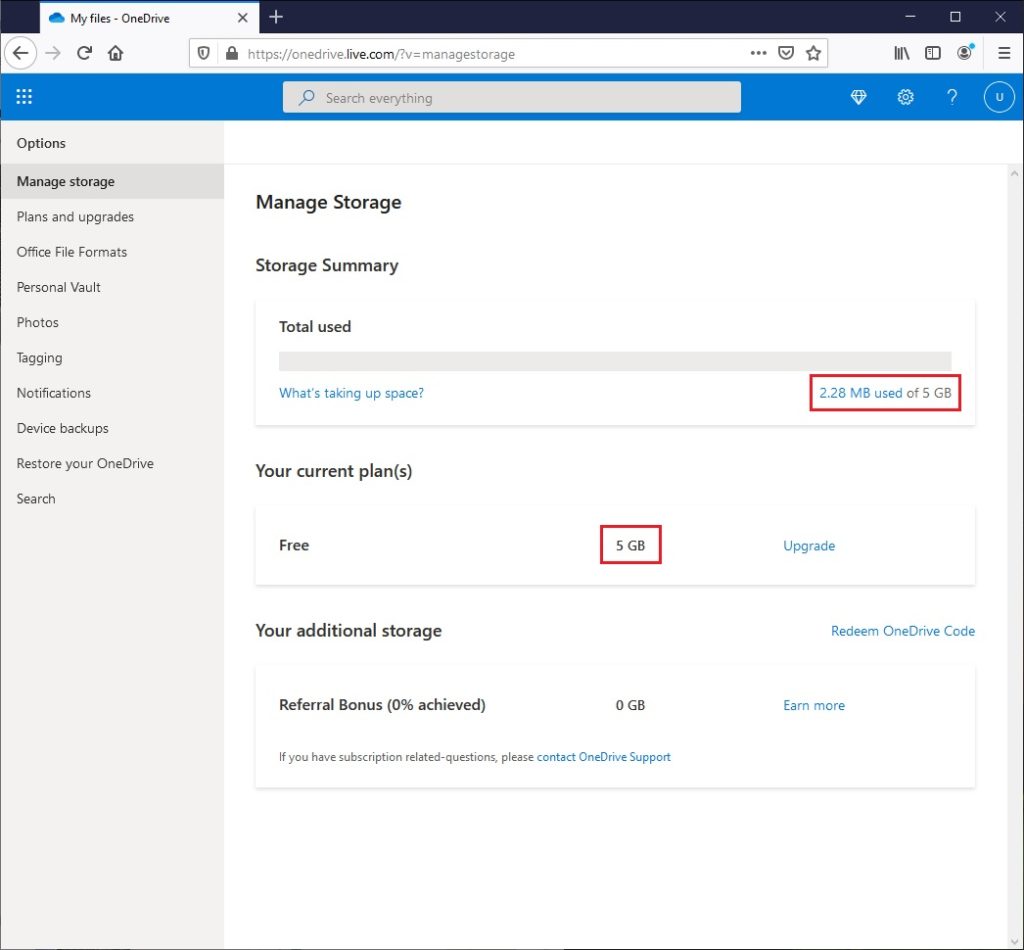

- #Disable microsoft onedrive login nag screen update
- #Disable microsoft onedrive login nag screen windows 10
- #Disable microsoft onedrive login nag screen password
- #Disable microsoft onedrive login nag screen plus
#Disable microsoft onedrive login nag screen windows 10
Find the option which says ‘Show me the Windows welcome experience after updates and occasionally when I sign in, to highlight what’s new and suggested’, and make sure this isn’t ticked.Īs that wording suggests, evidently the theory is that users may want to see this screen occasionally – and not just after Windows 10 installation – in case there are new Microsoft services which are brought to their attention. Simply open the Settings menu (the cog icon if you click on the Start button), click on ‘System’, and then click on ‘Notifications & Actions’.
#Disable microsoft onedrive login nag screen update
Result should be, that OneDrive is Installed, but user is not prompted to sign in to OneDrive if not needed.As we mentioned at the outset, some users could potentially be confused by the screen, and think that their PC has just had an update applied, or even that it has been reset somehow, given that this nag prompt is one that’s normally delivered after Windows 10 has just been installed.įor those bothered by them, the good news, however, is that it’s possible to turn off these notifications so you never see them again under Windows 10. This should still run OneDriveSetup.exe at first logon but in Silent Mode.
#Disable microsoft onedrive login nag screen plus
Select here to fix it in > Mel Reply Quote TonyS AskWoody Plus Januat 6:30 am 2324544 Despite having notification unticked in Settings, the nag screen popped up again this week (after installing December cumulative update).
#Disable microsoft onedrive login nag screen password
Reg add HKU\default\software\Microsoft\Windows\CurrentVersion\Run /v OneDriveSetup /t REG_SZ /d "C:\Windows\SysWOW64\OneDriveSetup.exe /silent" /f We need to fix your Microsoft account (most likely your password changed). You can shut that off, open Task Manager and go to the Startup tab, find OneDrive and disable it. Reg delete HKU\default\software\Microsoft\Windows\CurrentVersion\Run /v OneDriveSetup /f Posts : 561 Windows 10 Pro/Windows 7 Ultimate.

I ended up with the following script sequence running during the initial client setup.: reg load "hku\Default" "C:\Users\Default\NTUSER.DAT" Click on the three dots and select the Uninstall option. Scroll down and locate Microsoft OneDrive app in the list. Then click on the Installed apps option in the Apps section. Then navigate to the left-hand side menu and click on Apps. If I delete this key out of the Default users registry, OneDrive is not going to get installed at all. To remove OneDrive using the Settings app, do as follows: Press Win + I to launch the Settings app. Instead of this there is the following registry key "OneDriveSetup" set: Pretty neat Next, we like to remove the tips. Reg delete HKU\default\software\Microsoft\Windows\CurrentVersion\Run /v OneDrive /f These settings will apply from the cloud on every device where you use your office 365 account. Reg load "hku\Default" "C:\Users\Default\NTUSER.DAT" On the Account tab, click Unlink this PC and then Unlink account. At some point this fix should be in OneDrive.exe but I don't have any idea on the release timeline. Select Start, type OneDrive in the search box, and then select OneDrive in the search results. The only fix for this currently is to disable OneDrive personal sync for the user in the registry as described in the article below. Unfortunatly the following Script did not work out, because there is no such key in the default users registry that could be deleted. If the icon doesn't appear in the notification area, OneDrive might not be running.


 0 kommentar(er)
0 kommentar(er)
